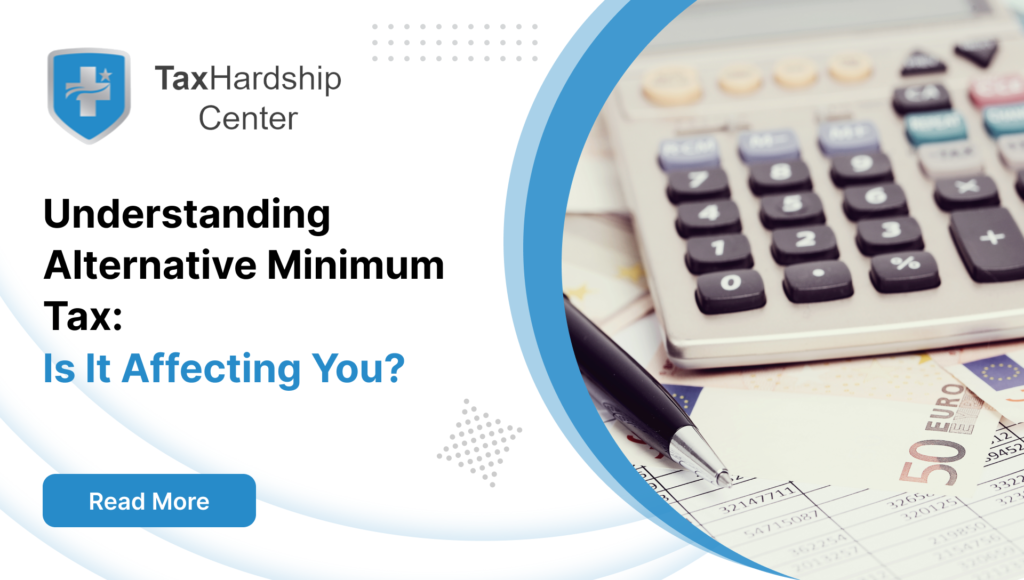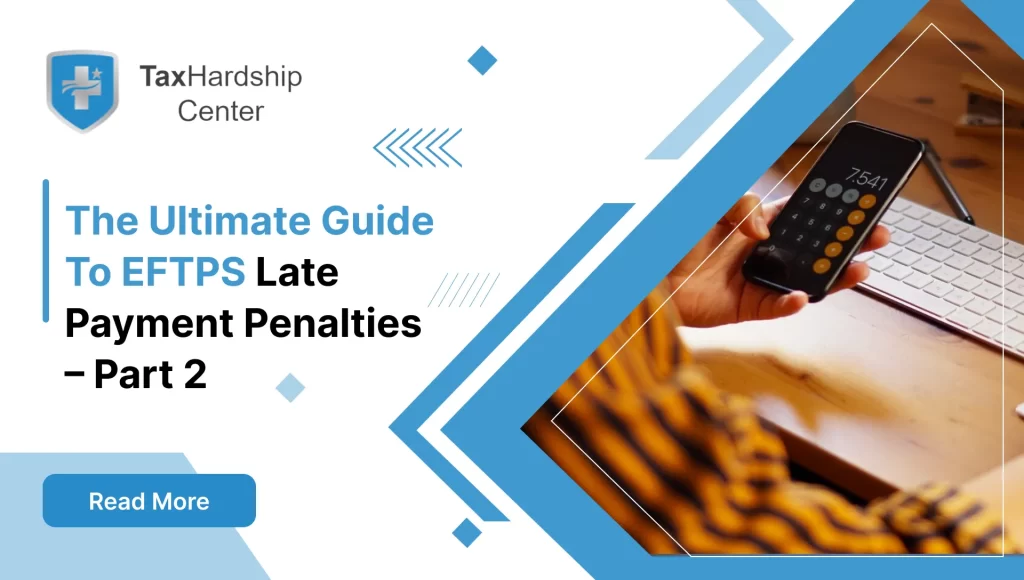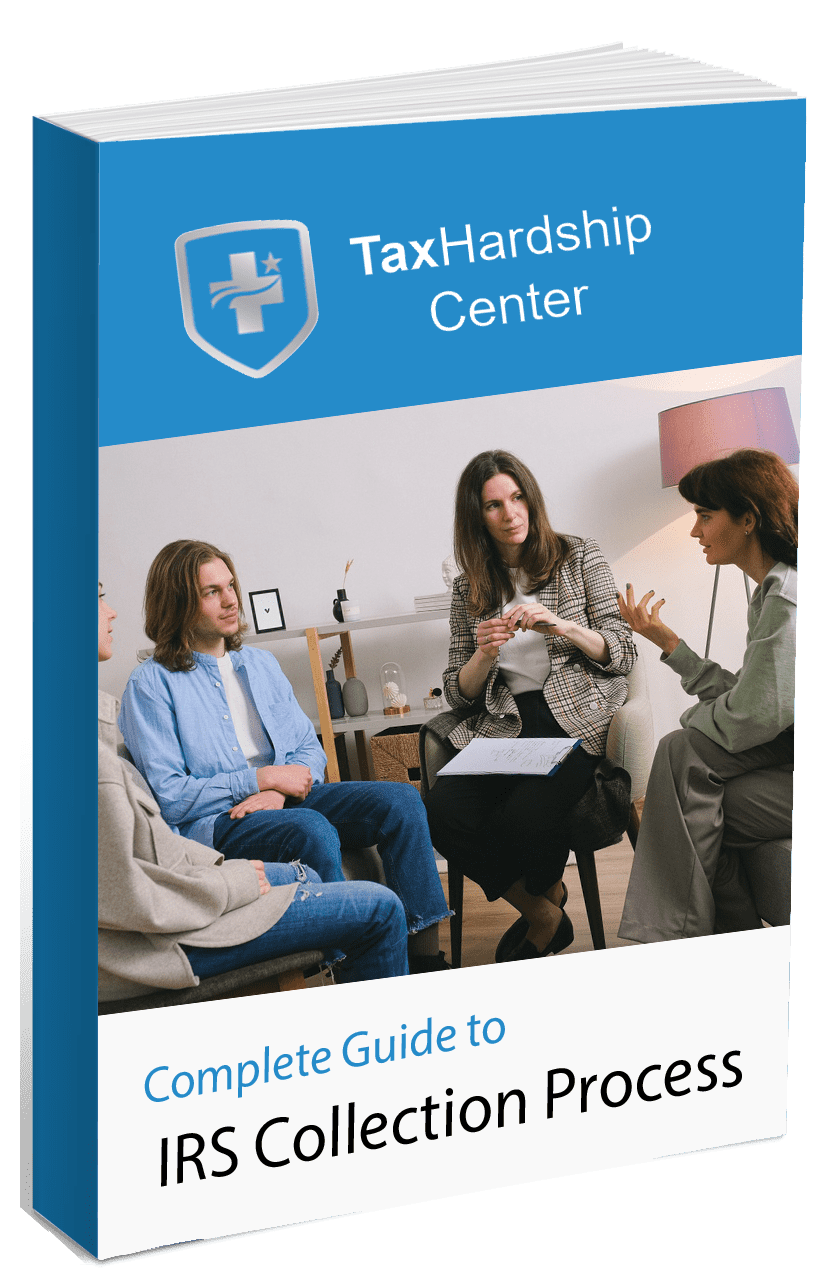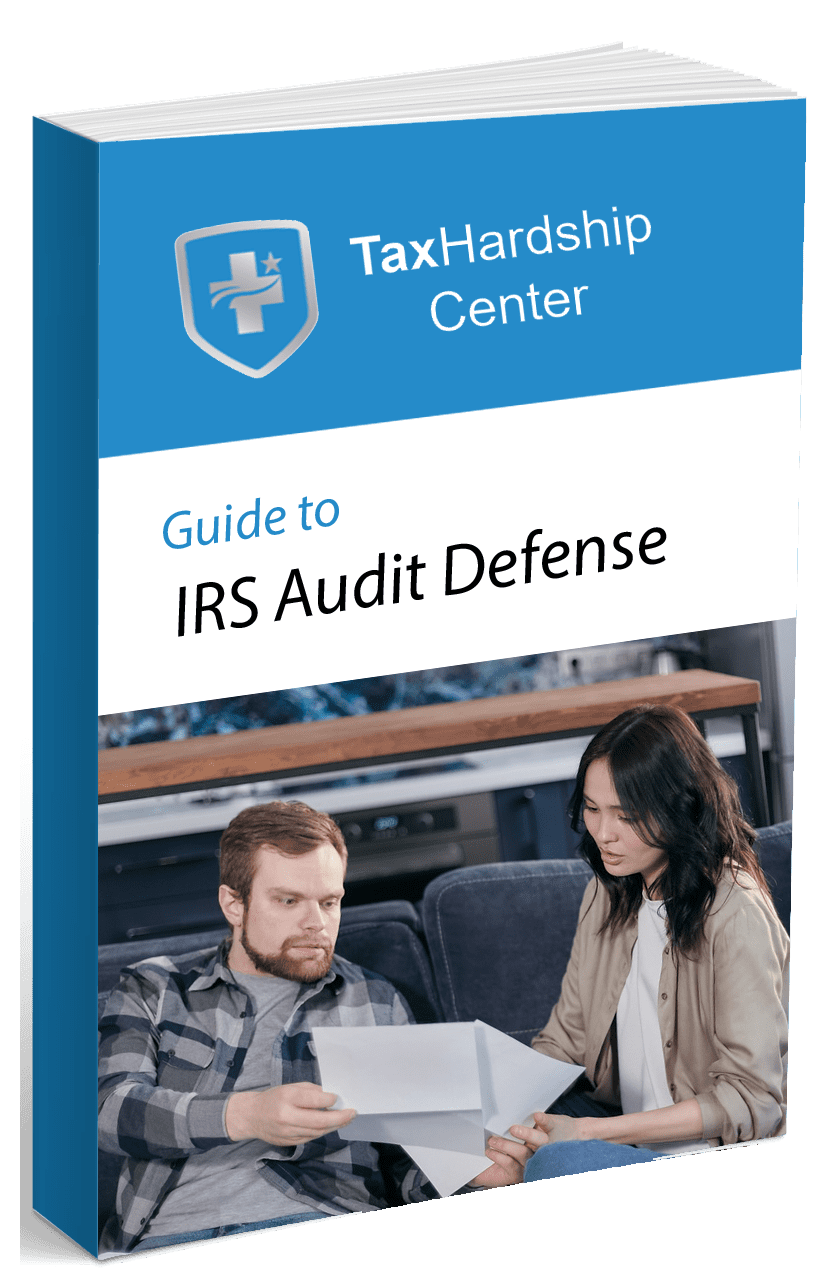Understanding how taxes impact your financial well-being is crucial, especially regarding the Alternative Minimum Tax (AMT). While less commonly discussed than regular tax obligations, the AMT can affect many taxpayers, particularly those with higher incomes or large deductions. This comprehensive guide will break down the AMT, how it works, who it affects, and ways to manage or reduce your exposure to it.
What is the Alternative Minimum Tax (AMT)?
The AMT operates as a secondary tax system, ensuring that high-income individuals pay a minimum amount of taxes, even if they use numerous deductions. Under this system, certain deductions that reduce your taxable income under the regular tax rules are added back in, potentially resulting in a higher tax bill.
How AMT Ensures Fair Taxation
The main goal of the AMT is to prevent high-income individuals from altogether avoiding taxes through loopholes or excessive deductions. By recalculating taxable income with fewer deductions, the AMT ensures that those benefit the most from the tax code pay an equitable share of taxes.
The Complexity of AMT
The AMT process can feel overwhelming because you must compute your taxes twice. Once the regular tax rules and AMT guidelines are used, If the AMT calculation yields a higher amount, you’ll have to pay that higher amount instead of the regular tax.
Tax Hardship Center: Your AMT Tax Relief Partner
Understanding the Alternative Minimum Tax (AMT) complexities can be daunting. Are you confused by the added tax obligations that may arise due to deductions or higher income levels? Tax Hardship Center simplifies your AMT tax journey and brings you peace of mind.
We specialize in untangling complex tax situations related to AMT, including:
- AMT Tax Strategies: Managing the complexities of the AMT can be confusing. Our experts ensure you comply with all relevant regulations while minimizing unnecessary tax burdens.
- Deduction Optimization: Certain deductions like state and local taxes are disallowed under the AMT. We’ll help you navigate these rules and optimize your tax situation.
- Audit Support: Facing an IRS audit related to the AMT can be stressful. We’ll provide expert assistance throughout the process, ensuring a smooth resolution.
- Exemption Maximization: The AMT exemption can reduce your tax liability. We’ll help you develop a tax plan that maximizes your exemptions and minimizes liabilities.
- Negotiating with the IRS: Need help communicating with the IRS regarding your AMT? We can advocate on your behalf and negotiate a favorable outcome.
Don’t let the AMT become a source of stress. Focus on what matters most – maximizing your financial benefits! We’ll handle the complexities of the AMT.
Schedule a free consultation with the Tax Hardship Center today and breathe a sigh of tax relief!
Who is Subject to the AMT?
Determining if the AMT applies to you depends largely on your income level and the number of deductions you claim. Typically, high-income earners and those with significant deductions are more likely to face the AMT.
Common AMT Triggers
Some common factors that could trigger the AMT include:
- High Income: Large incomes increase the likelihood of falling under the AMT system.
- Multiple Deductions: Excessive deductions for mortgage interest or state and local taxes can lead to AMT exposure.
- Special Circumstances: Large families or individuals exercising stock options might also trigger AMT, sometimes without even realizing it.
Examples for Clarity
Imagine a family with high earnings and significant deductions for state taxes and mortgage interest. Even though these deductions are valid under regular tax rules, they could be subject to the AMT because the tax system calculates income differently.
AMT vs. Regular Tax: Key Differences
The main distinction between AMT and regular tax calculations is how income and deductions are treated. Under AMT, certain deductions that reduce taxable income under the regular system are disallowed.
Broader Taxable Income Base
- Limited Deductions: Under AMT rules, deductions like state and local taxes and personal exemptions are not allowed.
- Preference Items: Other items, such as interest from private activity bonds, are added to your income, increasing your overall taxable base.
How These Differences Impact You
Since fewer deductions are allowed, your taxable income under AMT is usually higher. For many, this leads to paying more in taxes than they would under regular tax calculations.
How to Calculate AMT
To calculate your AMT, follow these basic steps:
- Calculate Regular Tax: Start with your tax calculation using regular tax rules.
- Add Back Deductions: Add back specific deductions disallowed under AMT, such as state and local taxes.
- Apply for AMT Exemption: Subtract the AMT exemption amount based on your filing status.
- Compute AMT: Apply the AMT rates, either 26% or 28%, depending on your income level.
Simplified Example
Let’s say your regular taxable income is $200,000, and you have $50,000 in deductions for state and local taxes:
- Regular Taxable Income: $200,000
- Add Back Deductions: +$50,000
- AMT Taxable Income: $250,000
- Subtract AMT Exemption: $177,100
- Apply AMT Rate (26%): $46,046
You will pay the AMT amount if your regular tax exceeds $46,046.
Common Triggers for AMT
Several deductions and financial choices commonly lead to AMT exposure, often surprising taxpayers who weren’t expecting it.
Typical AMT-affected Deductions
- State and Local Taxes: High state and local tax deductions are added back under AMT.
- Personal Exemptions: These exemptions are disallowed, increasing your taxable income.
- Medical Expenses: Only medical expenses exceeding 10% of your Adjusted Gross Income (AGI) are deductible under AMT rules.
Impact on Different Taxpayers
Homeowners with significant mortgage deductions and business owners claiming large business-related expenses are often unexpectedly caught in the AMT system.
AMT Exemptions and Rates
Understanding AMT exemptions and rates is crucial for accurate tax planning.
Income Thresholds and Exemptions
The AMT exemption amount varies depending on your filing status:
- Single Filers: $72,900
- Married, Filing Jointly: $113,400
- Married, Filing Separately: $56,700
Phaseout Process
The AMT exemption gradually phases out at higher income levels, reducing its effectiveness as your income increases.
AMT Rates: 26% and 28%
The AMT applies a 26% rate to the first portion of your AMT taxable income and a 28% rate to income exceeding a set threshold.
How to Minimize Your AMT Exposure
While the AMT can be a burden, you can take steps to minimize your exposure to it.
Practical Steps and Strategies
- Defer Income: Consider deferring some of your income to a future year.
- Be Cautious with Deductions: Adjust your use of state and local tax deductions to avoid triggering AMT.
- Tax Planning Tools: Use tools or consult tax professionals to estimate your AMT liability and take proactive steps.
Accessible Tips for All
You don’t have to be a tax expert to manage your AMT exposure. Careful planning, along with tax software, can help you stay ahead of this issue.
AMT Reform: Tracking Changes Over the Years
The AMT has evolved, particularly with recent tax reforms.
Brief History of AMT
The AMT was first introduced in 1969 to close tax loopholes for high-income taxpayers. Since then, multiple reforms have adjusted how it affects taxpayers.
Recent Changes Under the TCJA
The 2017 Tax Cuts and Jobs Act (TCJA) raised AMT exemption amounts and phaseout thresholds, reducing the number of taxpayers subject to it.
Impact of Inflation Adjustments
Periodic adjustments to the AMT’s thresholds and exemptions have reduced its reach, especially in recent years.
Should You Be Worried About AMT?
The Alternative Minimum Tax (AMT) is a separate tax system designed to ensure that high-income taxpayers pay minimum taxes. Whether you should be concerned about AMT depends on your specific financial situation.
Assessing Your Risk
To determine if you’re at risk for AMT, consider the following:
- Online AMT calculators: These tools can provide a preliminary estimate of your potential AMT liability.
- Professional advice: A tax advisor can help you accurately assess your situation and recommend strategies to minimize your AMT exposure.
Managing AMT Exposure
If you’re at risk for AMT, there are several strategies to consider:
- Adjusting deductions: By carefully managing your deductions, you can reduce your taxable income and avoid AMT.
- Claiming AMT-eligible credits: Some tax credits, such as the child tax credit, may be eligible for AMT purposes.
- Exploring tax-deferred retirement accounts: Contributions to tax-deferred retirement accounts, like traditional IRAs and 401(k) plans, can help reduce your taxable income.
Conclusion
Knowing how the Alternative Minimum Tax works can help avoid surprises at tax time. By understanding what triggers the AMT, how it is calculated, and what steps you can take to minimize your exposure, you can take control of your financial situation. If you need clarification on how the AMT might affect you, consult our tax professionals for personalized advice on managing your taxes and minimizing your exposure.
Why Tax Hardship Center?
1. Hassle-Free Assistance:
Say goodbye to sleepless nights and endless tax-related stress. At the Tax Hardship Center, we believe in simplifying the complex. Our team of experts is dedicated to guiding you through every step of the process, ensuring that your tax concerns are met with precision and care.
2. 14-Day Money Back Guarantee:
We’re so confident in our ability to ease your tax worries that we offer a 14-day money-back guarantee. If, for any reason, you’re not satisfied with our service, we’ll gladly refund your investment. Your peace of mind is our top priority!
3. Free Consultation:
Are you curious about how we can transform your tax experience? Book a free consultation now! Our team will assess your situation, answer your questions, and provide free insights tailored to your needs.
4. Nationwide Coverage:
No matter which corner of the United States you call home, the Tax Hardship Center covers you. We proudly serve all 50 states, bringing our expertise to your doorstep. Wherever you are, our commitment to excellence follows.
FAQs:
1. What is the Alternative Minimum Tax (AMT)?
The AMT is a parallel tax system that ensures high-income earners pay minimum taxes. It recalculates your taxable income by adding certain deductions, often leading to a higher tax bill.
2. Who is most likely to be affected by the AMT?
High-income individuals with significant deductions, such as those for state and local taxes or mortgage interest, are more likely to be affected by the AMT. Other common triggers include large families and those exercising stock options.
3. How is the AMT calculated?
To calculate AMT, start with your regular taxable income, add back disallowed deductions, subtract the AMT exemption, and then apply the AMT rates of 26% or 28%. You pay the higher amount between your regular tax and AMT.
4. Can I minimize my AMT exposure?
You can minimize AMT exposure through tax planning strategies such as deferring income, adjusting deductions, or consulting a tax professional. Tools like AMT calculators can also help estimate your liability.
5. Has the AMT changed in recent years?
Yes, the 2017 Tax Cuts and Jobs Act increased AMT exemption amounts and phaseout thresholds, reducing the number of taxpayers subject to the AMT. Inflation adjustments have also lessened its impact over time.








